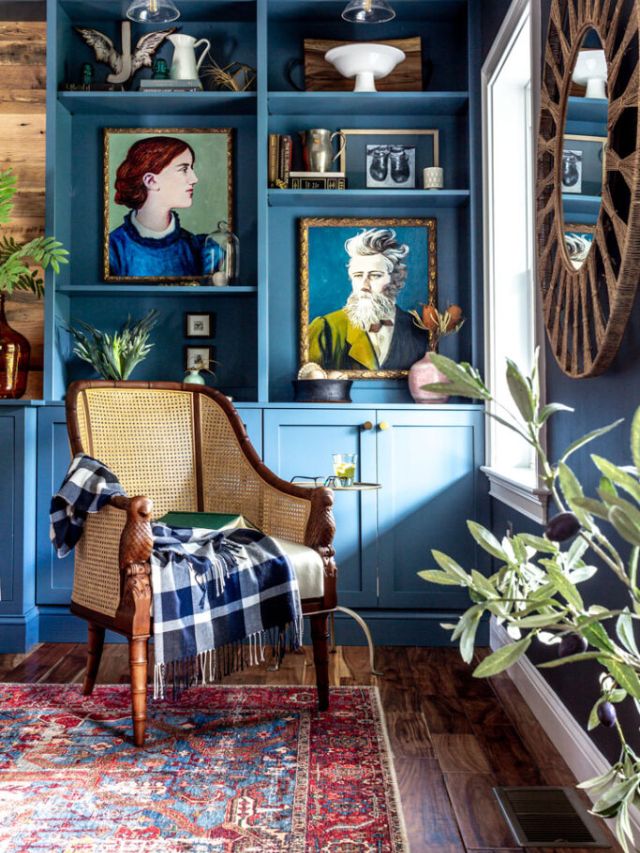How to Design a Room for Beginners: Simple Steps to Get Started
Diving into room design is super exciting but, let’s be honest, it can also be a bit of a maze, especially if you’re just starting out and want to make a space truly yours. It’s not just about snagging some cool paint colors or furniture. It’s way more.
It’s about really thinking through how your space works, what you need from it, and how it shows off your unique style. Picture the vibe you want to set, then bring it to life with all the bits and pieces you pick out.
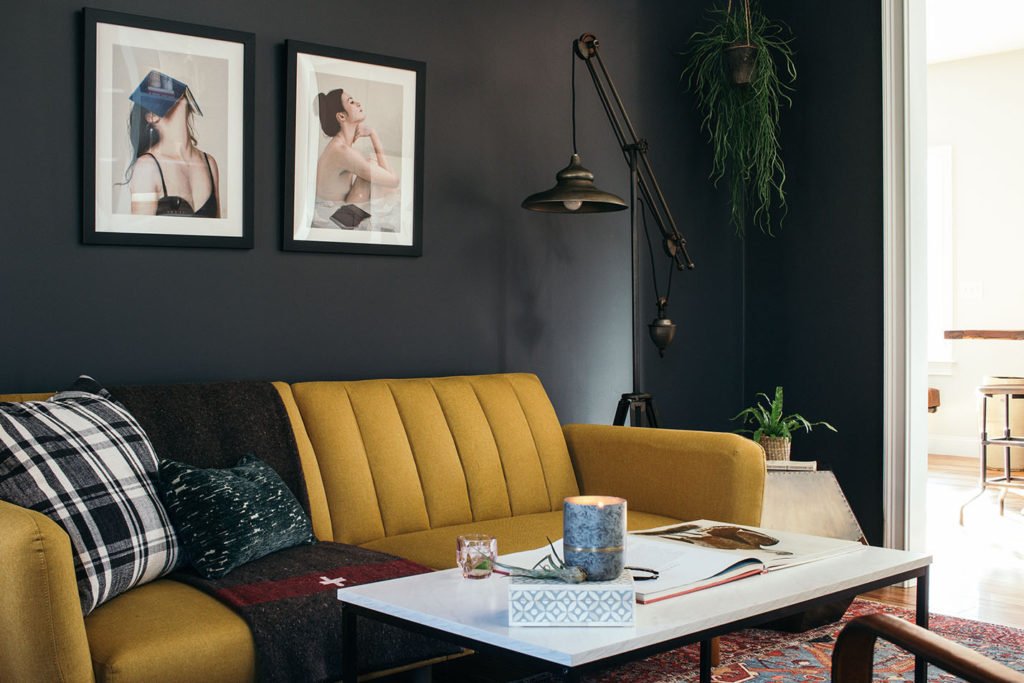
In kicking off your home’s interior design journey, start by picturing the vibe you want and the room’s purpose. Dreaming of a peaceful haven or a lively party spot? Every choice should echo this desired mood. It’s a trial-and-error adventure, playing around with layouts and ideas.
Luckily, today’s digital tools let even beginners in design bring their visions to life before any real-world changes. You can whip up mood boards, play with digital floor plans, or just compile inspiration from all over to truly capture what feels right for you.
Key Takeaways
- Room design begins with setting an intention for the space.
- A mixture of planning, experimentation, and digital tools aids in visualizing ideas.
- The design process is iterative, with adjustments leading to the final touches.
This post contains some affiliate links for your convenience. Click here to read my full disclosure policy. Thanks for supporting Bloom in the Black!
Understanding the Basics of Room Design
Ready to get started? First, get a handle on the key principles shaping your space’s look and practicality. Understanding these basics is vital for crafting a room that’s not just a feast for the eyes but also fits your life like a glove.
Essential Design Principles
Start with core principles like balance, contrast, and harmony.
- Balance involves spreading visual weight evenly, whether in a mirror-like symmetry or a more free-form asymmetry.
- Contrast brings excitement through different colors, textures, or shapes.
- Harmony, on the other hand, unites the room with elements that create a consistent, cohesive feel.
Developing a Design Concept
To shape your design vision, soak up inspiration that vibes with your style and mood goals. Piece together a vision board or collage featuring colors, textures, and furniture that spark your interest and capture the essence of what you want your space to feel like.
Helpful tools for this step include Pinterest, Milanote, or plain old taping magazine clippings to poster board.
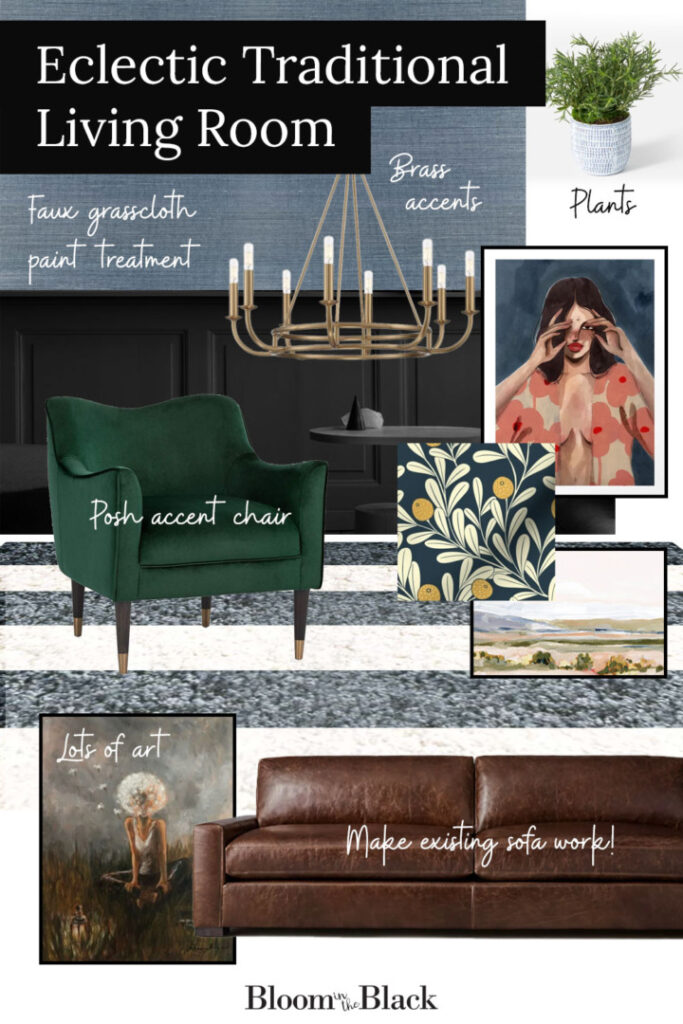
Space Planning Fundamentals
Effective space planning is all about functionality—how you move through a room and interact with it. Start by creating a floor plan to organize your room layout. This helps to visualize the space, ensuring it is not only aesthetically pleasing but also practical.
Choosing a Color Scheme
Your color palette sets the tone of the room. Whether you prefer soothing neutrals or bold hues, create a color scheme that complements your furniture and accessories. Think about the emotions different colors evoke and choose accordingly to create the vibe you’re after.
Importance of Lighting
Lighting does more than just help you see—it shapes the room’s mood. Mix overhead, task, and accent lights for depth and character. Don’t forget natural light, which plays with your color choices and changes the feel through the day.
Selecting a Theme
Your theme could be classic, modern, or a blend that’s all you. It guides your choice of fabrics, accessories, and furniture, ensuring your interior matches the vibe you want, whether formal or laid-back.
Interior Decorating and Lifestyle
Interior decorating is about the personal touches that make a space truly yours. Choose accessories, art, and decor that reflect your interests and suit your daily life. These details boost both the room’s charm and its comfort.
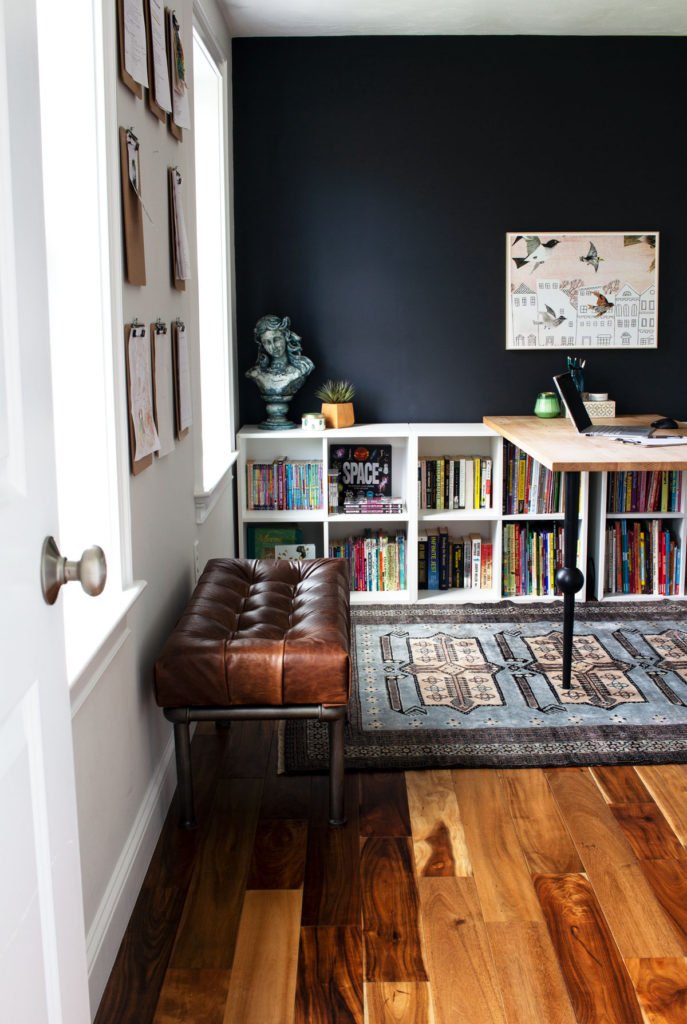
Putting Your Room Design Into Action
Now’s the time to turn your dream room into reality. This phase is all about detailed planning and execution. You’ll need to be meticulous with measurements, smart in your shopping, and ensure every element works together seamlessly.
Creating a Project Plan
Kick things off with a well-thought-out project plan. List out what you need to buy and estimate the costs to stay within budget. Breaking the project into stages can make managing time and expenses a lot smoother.
Room Measurements and Scale
Time to break out the tape measure! Accurate room measurements are crucial to make sure your furniture fits like a glove. Keep scale in mind—how each piece relates to the room’s size and to each other—to maintain balance.
Creating a Blueprint or Floor Plan
Create a blueprint or a digital floor plan. This step is incredibly helpful for figuring out the best furniture arrangement. It’s a great way to try out different layouts without breaking a sweat.
Can you skip this and just eyeball your room? Sure! But keep in mind that’s a bit risky.
Implementing the Design
Now, roll up your sleeves and start executing your plan. If you plan to paint, add trim, or change flooring, start there. Otherwise, begin with the larger items like sofas or beds as they anchor your space. Gradually add in smaller pieces, like seating and rugs, to build up the room.
Visit my Amazon storefront for a curated selection of furniture, decor, and more.
Selecting Furniture and Furnishings
Select furniture that meets your style and practical needs. Add texture and depth with soft furnishings like cushions and drapes. Every purchase should help to unify and harmonize your space.
Enhancing the Room with Decor
Finally, inject your personality with decorative touches. Hang art, light up your space with unique fixtures, and add splashes of color with artful pieces. These finishing touches should showcase your style and pull the whole room together.
Learn how to decorate a built-in in 5 simple steps!
Finishing Touches and Details
As you approach the finish line of your design project, it’s the little things that leave a lasting impression. Adding the right final touches, like well-chosen accessories and textiles, infuses your room with life and a dash of your own personality.
Accessorizing the Space
Think of your room’s accessories as its jewelry – those unique elements that showcase your personal flair. Start with eye-catching statement pieces, like handcrafted wall mounts for candles or one-of-a-kind sculptures. Experiment with different items:
- Vases & Planters: Use a variety of sizes and materials.
- Books: Stack art and coffee table books for an intellectual touch.
- Artwork: Add color and character with wall art that complements the room’s theme.
Use accessories sparingly to avoid clutter. Remember, less can be more. Unless you love cozy clutter, in which case, live your truth!
Textiles and Fabrics
Textiles bring comfort and texture into your room. The fabrics you choose – be it for pillows, rugs, or curtains – tie your design together. Here’s what to consider:
- Pillows: Mix patterns and textures for a layered feel.
- Rugs: Choose a rug that anchors the room; consider texture, color, and pattern.
- Curtains: They can alter the room’s light and mood—pick styles that complement your design aesthetic.
When selecting textiles, think about the mood you want to achieve. Do you want the space cozy or modern? Your fabric choices should reflect this.
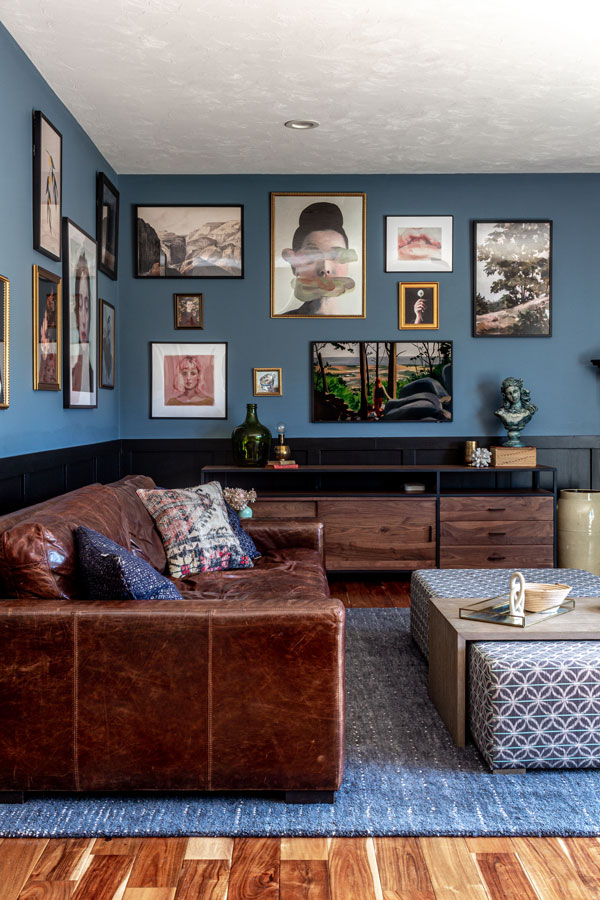
Review and Iteration
When you’re designing a room, the process isn’t over after the initial setup. You’ll need to review and refine, paying close attention to how the space functions with your lifestyle and adjusting as needed.
Evaluating and Adjusting the Design
After living with your new design for a bit, it’s time to take stock. Sit down in your revamped space and really consider how each element feels. Does that vintage armchair actually support a cozy reading nook, or is it just an aesthetic choice that doesn’t fit your needs?
Your initial design is rarely the final draft. You might find that some aspects you loved on paper aren’t working in reality. Don’t be afraid to experiment – push your furniture a few inches away from the wall to give the room a more open feel, or switch out accent pieces if they’re not hitting the mark.
Review Tips:
- Functionality: Is the space meeting your everyday needs?
- Comfort: Are the furniture and layout comfortable?
- Aesthetics: Does the room look how you imagined it would?
Planning for Future Changes
Keep in mind, your room’s design isn’t set in stone. As your lifestyle changes, so might your design needs. Plan a flexible layout that can accommodate future shifts, like a new hobby or working from home. Remember to factor in your room’s purpose as it evolves with your life.
Budgeting for Changes:
- Set aside a small contingency fund within your project budget for unexpected design adjustments.
- Keep a prioritized wish list of future purchases or changes that can be tackled as your budget allows.
Collecting feedback from friends and family can offer fresh perspectives. Maybe they’ll notice that the beautiful lampshade casts shadows that don’t complement the room’s vibe. Use this external feedback, along with your personal reflections, to inform your design iterations. It’s all part of making the room truly yours!
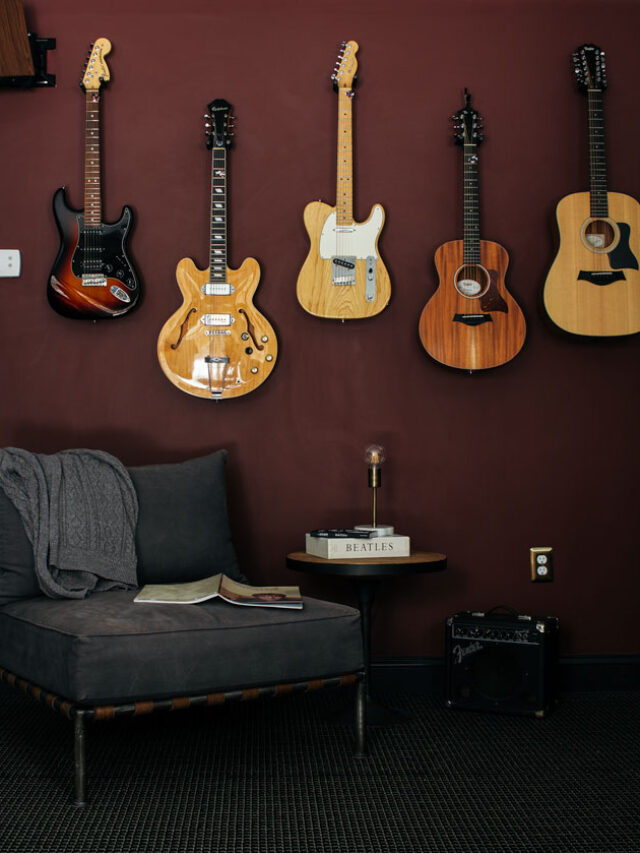
Frequently Asked Questions
Navigating the room design process might seem tricky, but with these FAQs, you’ll get a clearer picture of where to start and what tools can help you bring your vision to life.
What’s the first step in starting to design my own room?
You should start by gathering inspiration to pinpoint what styles, colors, and themes resonate with you. Consider creating a mood board to visualize your ideas and set a coherent style for your room.
Can you recommend some fun apps for experimenting with room designs?
Absolutely! I’d suggest a platform like Spoak to create your own room designs in a playful and intuitive way. This will help you explore different furniture placements and design elements without lifting a finger.
Are there any good layout planning tips for beginners?
Yes, one tip is to sketch out your room and use graph paper to draw to scale. This will help you to understand the proportions and flow of your space. You could also use painter’s tape to outline furniture placement directly on the floor.
What are some free online 3D tools to visualize a room?
There are several options; one example is Roomstyler 3D Home Planner, which lets you create 3D renderings of your room with actual products and furniture pieces that you can try out virtually.
Want more? Here’s the full collection of Bloom in the Black decorating posts. If you’re interested in having me cover a particular topic, shoot me an email and I’ll add it to the list!

